Dall’Osto, M, Airs, RL, Beale, R, Cree, C, Fitzsimons, MF, Beddows, D, Harrison, RM, Ceburnis, D, O’Dowd, C, Rinaldi, M, Paglione, M, Nenes, A, Decesari, S and Simó, R 2019 Simultaneous Detection of Alkylamines in the Surface Ocean and Atmosphere of the Antarctic Sympagic Environment. ACS Earth and Space Chemistry. 10.1021/acsearthspacechem.9b00028
Preview |
Text
Amines sympagic 050419 manuscript.pdf - Accepted Version Available under License Creative Commons Attribution Non-commercial. Download (760kB) | Preview |
Preview |
Text
supporting information canbrige 030419.pdf - Accepted Version Available under License Creative Commons Attribution Non-commercial. Download (124kB) | Preview |
Abstract/Summary
Measurements of alkylamines from seawater and atmospheric samples collected simultaneously across the Antarctic Peninsula, South Orkney and South Georgia Islands are reported. Concentrations of mono-, di-, and trimethylamine (MMA, DMA, and TMA, respectively), and their precursors, the quarternary amines glycine betaine and choline, were enhanced in sympagic seawater samples relative to ice-devoid pelagic ones, suggesting the microbiota of sea ice and sea ice-influenced ocean is a major source of these compounds. Primary sea-spray aerosol particles artificially generated by bubbling seawater samples were investigated by aerosol time-of-flight mass spectrometry (ATOFMS) of single particles; their mixing state indicated that alkylamines were aerosolized with sea spray from dissolved and particulate organic nitrogen pools. Despite this unequivocal sea spray-associated source of alkylamines, ATOFMS analyses of ambient aerosols in the sympagic region indicated that the majority (75–89%) of aerosol alkylamines were of secondary origin, that is, incorporated into the aerosol after gaseous air–sea exchange. These findings show that sympagic seawater properties are a source of alkylamines influencing the biogenic aerosol fluxed from the ocean into the boundary layer; these organic nitrogen compounds should be considered when assessing secondary aerosol formation processes in Antarctica.
| Item Type: | Publication - Article |
|---|---|
| Divisions: | Plymouth Marine Laboratory > Science Areas > Marine Biochemistry and Observations |
| Depositing User: | Kim Hockley |
| Date made live: | 08 May 2019 15:08 |
| Last Modified: | 25 Apr 2020 10:00 |
| URI: | https://plymsea.ac.uk/id/eprint/8187 |
Actions (login required)
 |
View Item |


 Tools
Tools Tools
Tools